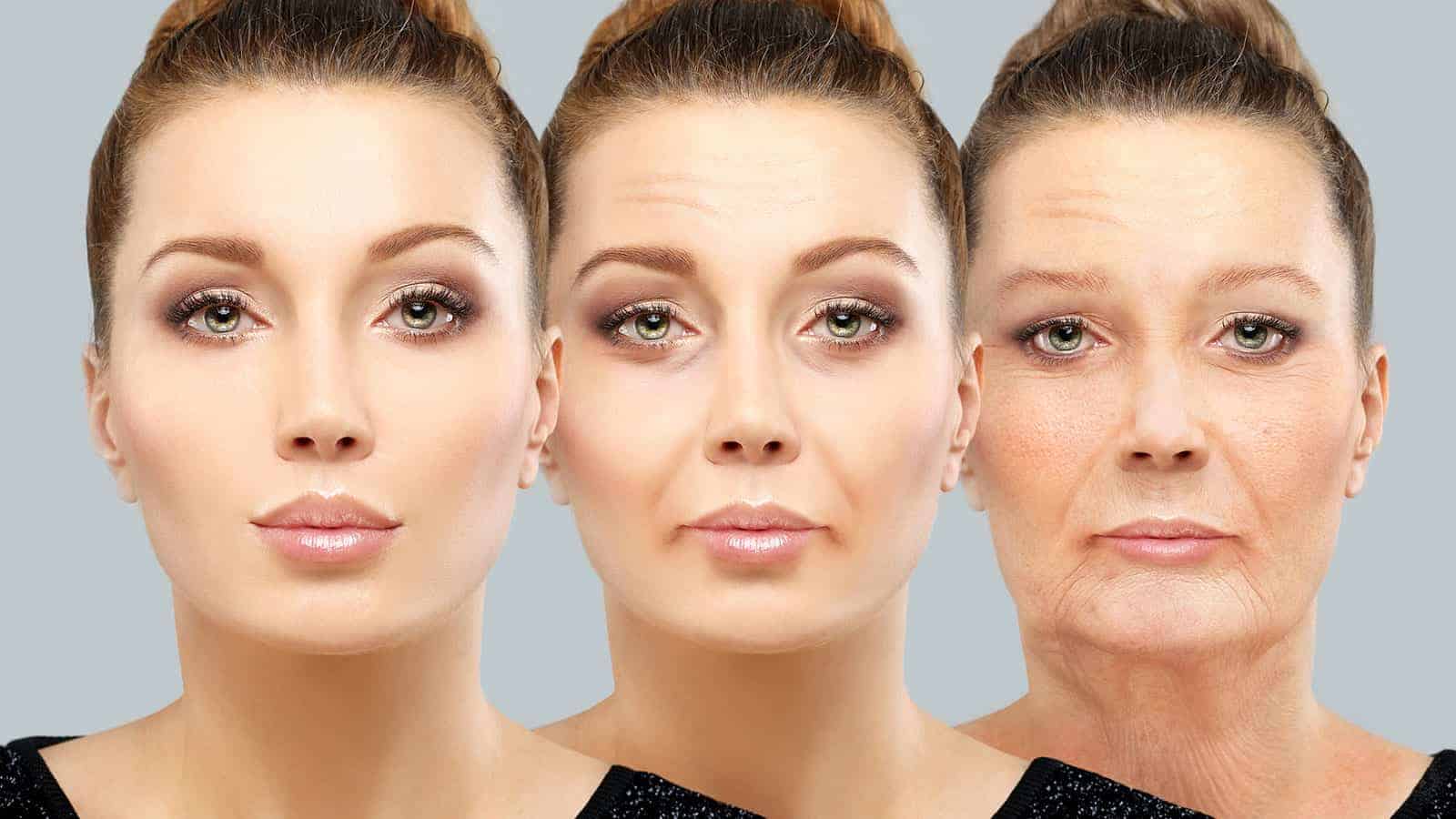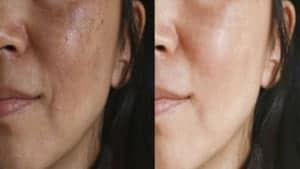Aging is not something we eagerly anticipate. We may look forward to the experiences, knowledge, maturity, and wisdom that comes with years lived. But the aging process itself? Not so much. We all age a little differently based on genetics, general health, and personal care, but we all do age. Science used to say we start aging from the day after we are born since our cells die off, and new ones are born. We considered aging a constant progressive occurrence throughout our lives. Now researchers reveal how your body ages in 3 different shifts.
The growing aging population
As we go through life, we don’t stop and think about how the dominant ages of those around us affect the world. Currently, we have more people living into their 60s and beyond than ever before. The issue of increased 60+-year-old individuals caused the World Health Organization to develop a Global Strategy and Action Plan on Aging and Health. WHO published an article addressing the need for this concern and the various issues associated with having a developing aging population.
WHO Findings
- In 2015, according to WHO, worldwide, we had 900 million people who were age 60 and older. By 2050, that growth is expected to be 2 billion.
- Today there are 125 million people who are age 80 and over. By 2050, it statisticians expect 434 million across the globe.
- The majority of the older population will live in poor to middle-class countries.
- The wealthier countries are already experiencing this shift and are having more time to adjust than the less affluent countries. Some will only have about 20 years to make that adjustment.
In some respects, being able to live longer has many advantages. There are more years to learn a new trade or hobby or mentor the younger generations. They can be available for their families to help out in raising their grandchildren. This scenario is contingent upon a significant factor – their health.
Despite how things may appear in the United States, the older populace isn’t living any healthier than previous generations. Significant disabilities continue to decline in more advanced countries. However, less affluent countries fail to make the same strides.
WHO’s strategy
This is why WHO is developing a plan to help improve the transition of an older population. Many issues correspond. Misguided bias and prejudice against older people as frail, less mentally aware, and more of a burden still exist. Many countries don’t have an effective plan for older groups to stay independent. Plus, families are spread out across the globe.
WHO’s Global Strategy is designed to address some key issues:
- Stress the importance of aging with as much health as possible and to pass plans to ensure such methods are available.
- Coordinating health care to accommodate older generations better.
- Creating long-term care systems
- Fighting ageism prejudice, allowing for independence and support for healthy aging across all governments
- Improving understanding of aging issues through research, observation, studies, and compassion.
These are important goals and necessary to change the perspective toward aging and to encourage better health during the aging process. This plan will allow older generations to thrive and continue to contribute to society.
How our bodies age
When discussing aging, we tend to narrow our vision toward those who are 60 and over. Aging is a process, and how we care for ourselves throughout our lifetime is one factor that affects how much these processes impact our health. Understanding what is to be considered a normal part of aging is essential so as not to overlook or ignore early symptoms, which may point to a major problem better resolved earlier. It is also imperative to understand that while aging is a natural part of life, there are still choices we can make to maintain as much health as possible.
Aging occurs in stages
You may have been told that aging is a steady progression. We have been aging since right after our 20s when we peaked in our physical and mental capabilities. Recently, scientists have discovered that it may not be the case. Instead, we have three distinct markers in our lifetime, which initiate the aging process.
A report in Nature Medicine outlines the identification of specific proteins in our blood plasma, which show alterations at particular stages of our lives. Benoit Lahallier and colleagues at Stanford University in Stanford, Ca based their hypothesis that aging could be identified from multiple earlier studies. These studies had demonstrated that it was possible to alter the aging process of specific tissues by giving younger blood to aging mice.
One particular study, performed by Geraldine Gontier and colleagues at the University of California in San Francisco, CA, was published in Cell. The scientists discovered that the blood did not need to come from very young mice, but that transfusions from mice in their teenage years worked as well. They had identified a specific enzyme that mutates as we age, affecting our heart health and cognitive ability.
This led Benoit Lahallier and colleagues to speculate that there must be specific frames of time in which the aging process starts as opposed to it being a constant process. They measured 2,925 different blood plasma proteins from 4,263 individuals aged 18-95. 1,379 changed with age. What they discovered was that at specific periods, there were waves of alterations in certain plasma proteins.
Those ages were found to be about the mid to late 30s, mid-60s, and late 70s.
Why is this important?
Identifying these markers is vital in furthering tests that can inform people if they are aging faster or slower than their physical age would typically predict. By doing so, someone who may be aging more quickly can be identified. This may allow them to make specific changes in their lifestyles earlier on. It would also aid doctors in not ignoring certain symptoms due to the idea that one shouldn’t be showing these symptoms for maybe ten years.
The current expected aging process
You must become proactive about your health. Moreover, use a little critical thinking when certain things don’t seem to be functioning as well as they used to. Blaming it all on aging and then ignoring it may not be the best answer. Aging is a slow and gradual process. You may notice slight limits on certain functions over time. Both eyes age at the same time, so if one is behaving differently than the other, most likely, it is not related to age.
What can we expect to be a part of our aging, beyond just grey hair? Here are only a few of the expectations.
Aging impacts on the body
Vision changes
- About the age of 40, most people will need reading glasses as the lens of your eye becomes stiffer and less able to adjust to differences in distance
- About the age of 60, an increased chance of developing cataracts
- In comparison, glaucoma or macular degeneration are eye conditions related to health issues, not aging.
Decline in hearing
- Around the age of 60, about 30% of individuals, predominantly men, may develop some loss of hearing with difficulty toward certain pitches or identifying one noise from others in a crowded room.
Reduction in strength and stamina
We gradually begin losing muscle mass and flexibility. This doesn’t just apply to our arm and leg muscles, but also our heart and other organs. As a result, we even lose stamina. Maintaining cardio and weight training can significantly decrease the impact of this on your life.
Arterial decline
- A consequence of our arteries losing flexibility and stiffening usually results in high blood pressure. Not smoking, exercise, and diet can minimize this.
Anemia and vitamin deficiency
- Anemia resulting in fatigue
Many people 65 and older become iron deficient or develop anemia. Counter this either through diet or through iron supplements.
Skin
- Starting at about 40, the collagen in our bodies starts to decline. This leaves our skin less plump and firm, more prone to dryness, infections, and wrinkles, or crepe looking skin. Diet, drinking a lot of water, not smoking, moisturizing often, and taking care of wounds right away can minimize the appearance and decrease the speed in which the collagen breaks down.
Bone and joint strength
- Our joints will begin to lose essential minerals necessary to maintain their power. They become more fragile, more susceptible to fractures or sprains, and shorter. Supplementing with calcium and Vitamin D plus weight training can keep this to a minimum or decrease the rate of deterioration.
 Final Thoughts on How Our Bodies Age
Final Thoughts on How Our Bodies Age
Brush up, so you have a good handle on aging, healthy aging, and increased medical awareness. You’ll find each of these essential for the coming years. One could argue that it always should have been. However, science requires time and much research to find the right avenue. Researchers revealing that we age in stages is a big step in understanding the process and can be instrumental in helping us to be more proactive in maintaining our health.
Additionally, we can learn how to slow down what could become a debilitating condition. While our age is just a number, that can only hold if we do the things necessary to age as healthily as possible. The coming decades should be exciting for discoveries to that avail.




















